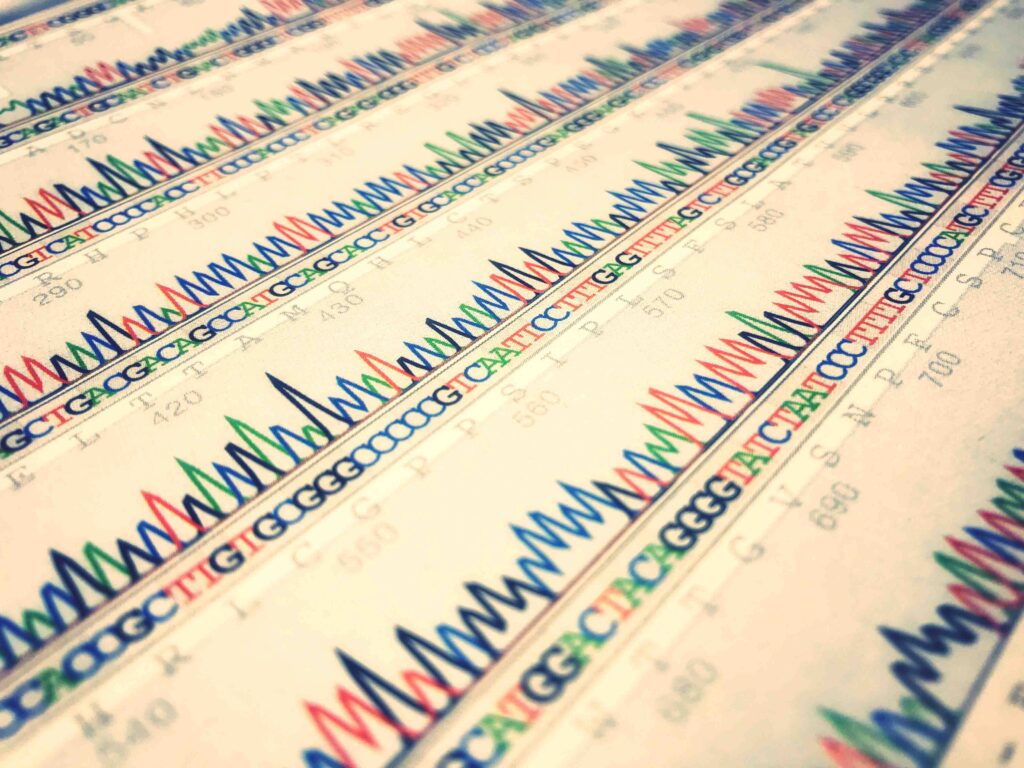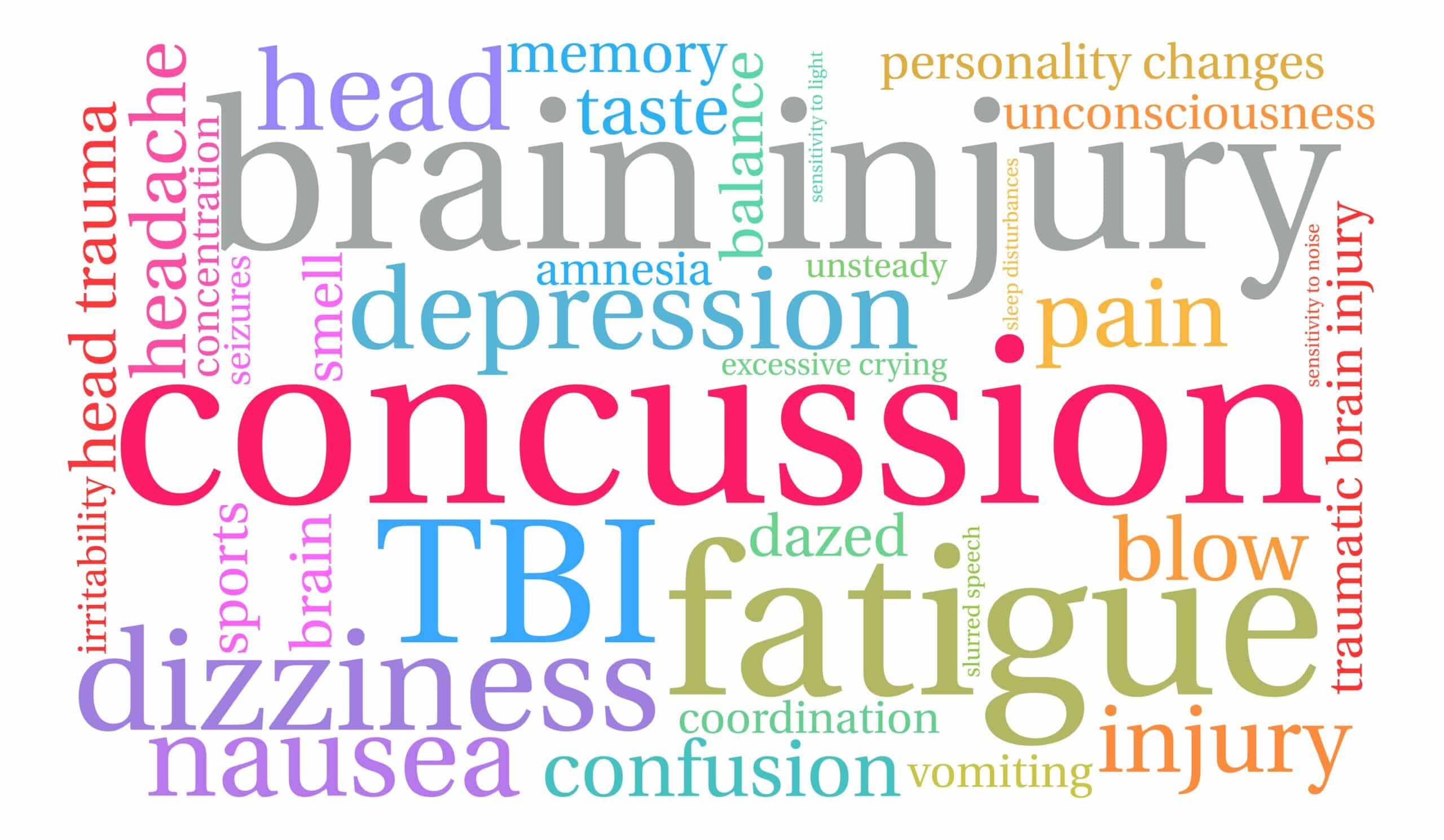Many Americans are drawn to the growing business of direct-to-consumer genetic-testing. One of the more popular services, 23andMe, reports more than 12 million Americans have so far purchased their testing kits. By either swabbing the inside of one’s mouth or providing a saliva sample, users can learn about their ancestry or discover traits related to their personality and behavior. These services also offer information about genetic risk for 8 diseases including Alzheimer’s disease. This is where things get tricky.
Unlike at-home testing, clinical genetic tests are typically interpreted by a genetic counselor who can contextualize the risk that some genes may pose. When it comes to Alzheimer’s, the strongest known genetic risk factor for the most common form of the disease is a gene called apolipoprotein E (APOE). There are three common variations of the APOE gene: E2 E3, and E4. Each of us carries two copies, one from each parent. Your gene combination specifies your APOE genotype. APOE2, the rarest variant, may reduce risk of Alzheimer’s disease by 40 percent. APOE3, the most common variant, is neutral, neither increasing or decreasing risk. APOE4 increases risk and reduces the age of onset for Alzheimer’s. If you carry one copy of APOE4 your risk of developing Alzheimer’s may be increased as much as three-fold higher than a person without the gene. If you carry two copies of APOE4 your risk may be 8 to 10-fold higher.
So, if you carry the APOE4 gene is there no hope, then? Fortunately, genes are not always destiny. There are deterministic genes that virtually guarantee a disease will develop and there are risk genes that indicate you are at higher risk than those who don’t carry the gene. APOE4 is a risk gene that simply increases the likelihood, but it’s not a reliable predicter of who will go on to develop Alzheimer’s disease. Nor is the absence of the APOE4 gene a guarantee of protection.
The field of epigenetics has shown that our environment and lifestyle can change what’s called gene expression. Our genome, which can be thought of as our genetic blueprint, is dynamic and responsive to its environment. The choices we make related to nutrition, exercise, response to stressors, and exposure to toxins may turn our genes on or off, thereby changing how our cells function and interact and ultimately influence our risk.
A growing body of evidence is emerging that indicates lifestyle and environment play a much greater role in the development of Alzheimer’s than previously imagined. For example, a study of 20,000 pairs of identical twins demonstrated that genetics are not the sole determinant of risk. The study found that if Alzheimer’s developed in one identical male twin, the other twin developed the disease only 45 percent of the time; for female identical twins, the result was 60 percent. Moreover, there may be as much as a 16-year difference in the age at which the disease is diagnosed as well as differences in the severity of the disease.
Identical twins, of course, have identical genes so some other factors must account for the discrepancies. Studies show those factors are lifestyle choices that we make. This is illustrated in a 21-year study by Swedish researchers. The study affirmed that if one carried a single copy of the APOE4 gene, their risk was about 3 time higher than a person who did not carry the gene. However, the risk of developing Alzheimer’s disease for a person who carried one copy of the APOE4 gene and also smoked, drank alcohol, ate a high-fat western diet and failed to exercise regularly rose more than 10-fold. This study drives home the adage genetics load the gun, but lifestyle pulls the trigger.
Kristine Yaffe, M.D., and Deborah E. Barnes, Ph.D., both at the University of California San Francisco, estimate that up to 50 percent of the Alzheimer’s cases worldwide can be accounted for by just seven risk factors: type 2 diabetes, high blood pressure, obesity, smoking, depression, cognitive inactivity, and physical inactivity¬. These are all factors within our control.
The fact is that at-home genetic tests can’t tell us whether we will go on to develop Alzheimer’s disease. Carriers of the APOE4 gene––even two copies of the gene––can live long lives and never develop Alzheimer’s disease. And people who don’t carry the APOE4 gene can and do develop Alzheimer’s disease regularly.
Since a growing body of science indicates controllable lifestyle factors are a significant influence on risk, including in those who carry the APOE4 gene, there is good reason to address these factors now. By choosing a plant-rich diet containing an abundance of fruits, vegetables, leafy greens, nuts and seeds, avoiding fried foods, performing aerobic exercise a minimum of 150 minutes a week, maintaining a healthy bodyweight, treating high blood pressure, and sharply reducing or eliminating alcohol we can significantly reduce our risk of Alzheimer’s dementia. And the reduction in risk comes in a dose-dependent manner. The greater the number of healthy changes we adopt, the lower our risk becomes. The power is in our hands so act now!
Joseph Keon is an investigative writer in the field of preventive medicine. He holds fitness expert certifications from both the Cooper Institute for Aerobics Research and the American Council on Exercise. In his work as a wellness consultant in the public and private sphere for over 20 years, Keon focused on chronic degenerative diseases and their relationship to modifiable lifestyle choices. He is a past member of the Board of Directors of the Wild Oats Wellness Foundation and Dr. Helen Caldicott’s Nuclear Policy Research Institute as well as the Marin Health Council, an advisory to the Marin County Board of Supervisors. Keon is currently a member of the American College of Lifestyle Medicine. Keon is the author of The Alzheimer’s Revolution as well as three other books including Whitewash: The Disturbing Truth about Cow’s Milk and Your Health.




